
Everyone say hello to my good friend, Erin. She basically has the coolest job in the world. If you ever see a Saucony car (and trust me, you can’t miss it) cruising around Ohio, there is a good chance Erin is behind the wheel. She is Saucony’s Field Marketing Specialist, and a good one at that. I asked Erin if she could sum up what it’s like to work for one of the best running brands in the world. So, without further ado, here is her story with Saucony.

“When I was a sophomore in high school my older brother tried to convince me to run cross country. I had been a part of the track team since middle school, but cross country? That wasn’t just one or two laps around the track. Cross country was a whole other ball game! My brother decided to take me out for a run to show me what the distance of a race felt like, and to prove that 3.1 miles wasn’t all that bad. He was wrong. It was awful and I hated every minute of it.
You can probably guess how this story ends. Yes, I joined the cross country team and even continued running in college as a walk on athlete to a Division 1 cross country and track team (Go Kent State Golden Flashes!) Somewhere along the way this really weird thing happened… I became obsessed with running.
I wasn’t just obsessed with my own running, (because let’s be honest I was very mediocre) I was totally infatuated with the entire sport… the professional athletes, the shoes, the different training tactics, the races (oh, the races)! If only my 20-year-old self knew then where my career would take me… but, where’s the fun in that.
So, here I am, four years into working for one of the best running brands in the world: SAUCONY. My daily life tends to be a mystery to those outside of this sport. People see me driving a Saucony car around Columbus. Occasionally I stop and unload dozens of shoes for strangers to try on, and we all run together. Yes, it is just as awesome as it sounds, but there is also so much more!

My official title with Saucony is Field Marketing Specialist. Essentially, my responsibilities are to be the brand ambassador in the mid-Ohio region helping local retailers become educated on the product and bridging the gap with the consumer experience.

How many of you have gone into your local running store and wondered, “What is the best shoe?” or thought, “My friend wears (insert any brand name here), so I must need those too!” The truth is, every foot is so different, especially in motion, that not every runners’ needs are the same. Cue the running brands! Each brand creates different types of shoes to help meet all runners’ needs. At Saucony, we pride ourselves on offering the best selection of running shoes that not only feel great walking around, but miles into your run- where it truly counts!
Perhaps one of my favorite aspects of this job is getting to bring the products directly to consumers. When a store like Columbus Running Company offers weekly social runs, they often invite brands to come out and get product in front of the runners. That means, yes, I bring shoes that people can ACTUALLY run in, because, let’s be real, you won’t truly know how a shoe feels until you’re a few miles into a run.

The other reason why “demo runs” are so cool is because it gives consumers a chance to give me real-time feedback on the shoes! One of the best parts about working for Saucony is how accessible we all are to each other. At any time I know I could reach out to our developers, designers, lab technicians or marketing team to give feedback from the field. This allows us to stay closely connected with what real runners want and need.
Like our brand manifesto says, “A good day is when we get to run. A great day is when we inspire someone else to run!” So, get out there and run!
Find Your Strong,
Erin”



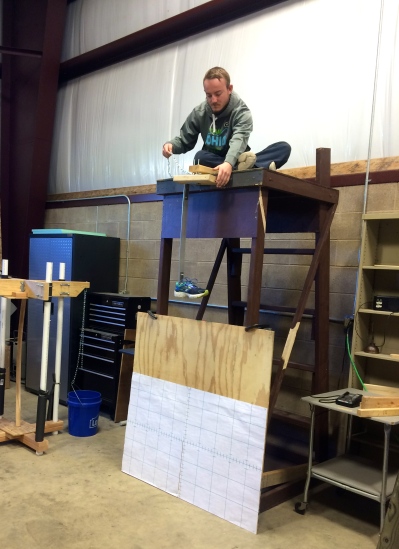


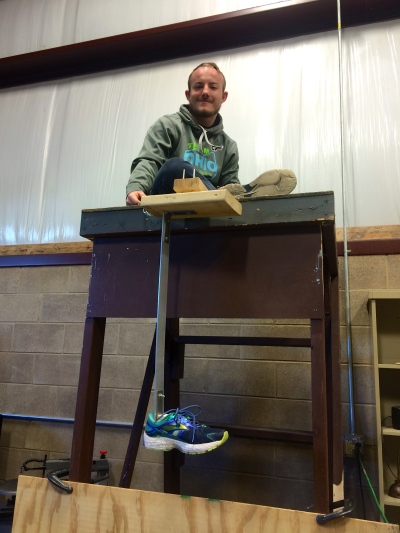




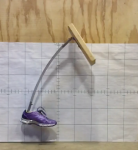














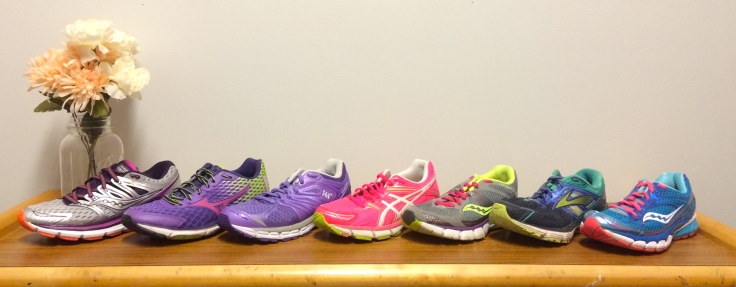


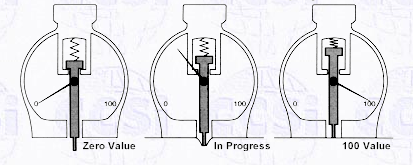







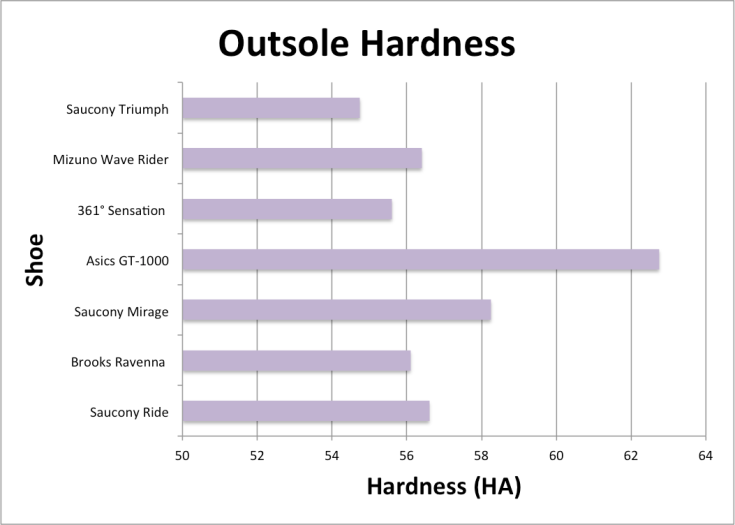




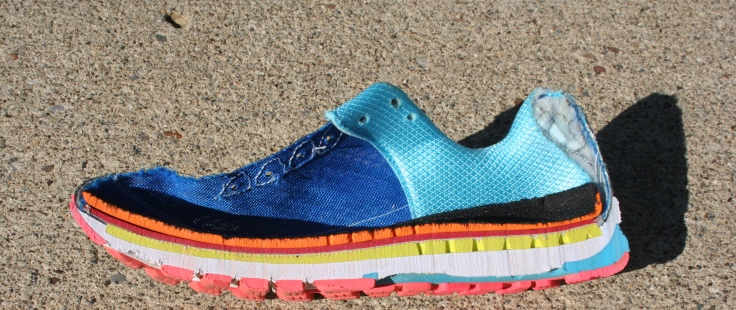


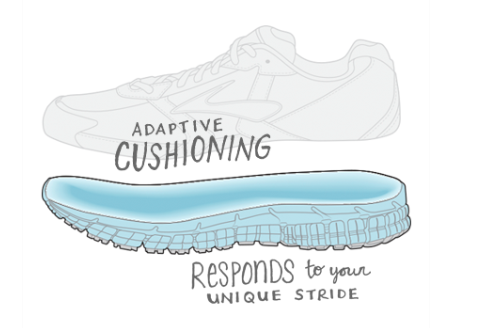
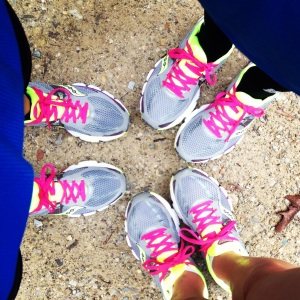


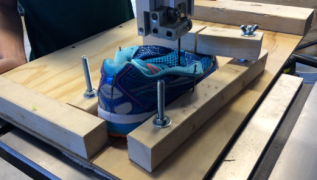

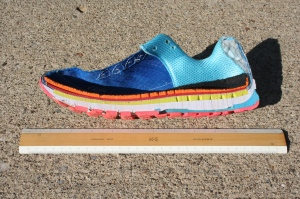



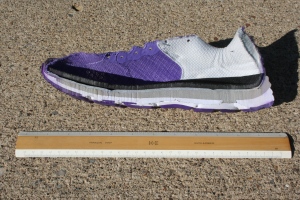


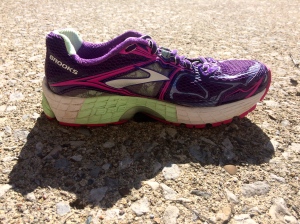








Recent Comments